https://www.newyorker.com/magazine/2024/04/22/the-collected-poems-of-delmore-schwartz-book-review?utm_source=nl&utm_brand=tny&utm_mailing=TNY_Daily_Free_041824&utm_campaign=aud-dev&utm_medium=email&utm_term=tny_daily_digest&bxid=5bea15dc24c17c6adf1d75ea&cndid=50555100&hasha=7caeec83f7eb1d1e07520665f3b23972&hashb=96cf50f0c09e5a1d79e45f7efc213ce05278e7f8&hashc=37c43a5c3a11da12bdc55f9c622d0baf0ec7493490d9327a7099d22dd53e6a5e&esrc=bounceX&mbid=CRMNYR012019
Recently the New Yorker ran a long article on the poet Delmore Schwartz, whose cautionary tale of a life is yet one more instance of why parents might sigh upon hearing of a daughter’s or son’s desire to devote their lives to poetry. It’s not the art as such they fear, but how the inclinations toward writing in that genre might indicate some deleterious fissures in their personalities. The biographical account of Schwartz’s life that contextualizes his archive of papers at Yale University. for instance, would only serve to reinforce any parents’ trepidations.
https://archives.yale.edu/agents/people/92117
It might well be the case that Schwartz only wrote a half-dozen poems that are still truly memorable. Is that an accomplishment worth the indignities that Schwartz imposed on himself? Perhaps not, but Fate had other plans for him. “The Heavy Bear Who Goes with Me” however has yet to be examined for how it is one of the earliest examples of confessional poetry. Of course, to that extent, the poem in which we first detect the DNA of the confessional, Eliot’s “The Love Song of J. Alfred Prufrock,” has yet to have the full sway of its influence acknowledged. Is the first-person protagonist of Schwartz’s “Heavy Bear” that much different from Prufrock as someone afraid to enact his sensual longing?
Opaque, too near, my private, yet unknown,
Stretches to embrace the very dear
With whom I would walk without him near,
Touches her grossly, although a word
Would bare my heart and make me clear,
The influence of Schwartz on other poets who are in some aligned with confessional poetry is not discussed as much as it should be. I’ve often wondered what Delmore Schwartz would think of Sharon Olds’s poem, “I Go Back to May 1937,” which was the same year that Schwartz saw his famous story, “In Dreams Begin Responsibility,” published in the Partisan Review. Quite frankly, there is an overlap between Schwartz’s story and Olds’s poem that I have always found somewhat disconcerting. It’s possible that Olds has talked about this in an interview or that some other critic has pointed it out. If so, my apologies to them. I don’t think there can be much debate about which version of this retrospective prophecy is the greater artistic achievement.
https://www.poetryfoundation.org/poems/47057/i-go-back-to-may-1937
Like many poets, Schwartz kept a journal, and I was fortunate enough forty years ago to be given a review assignment by the L.A. Times of Schwartz’s notebooks and journals, edited by his second wife, Elizabeth Pollett. Here is a link to a short interview with her, as well as the link to my review of his journals. Among the most memorable moments in the notebooks was his comment, “Too long I admired excellence of surface and diction. More important is centrality, relevance, penetration.” In a poem such as “In the Naked Bed, In Plato’s Cave,” Schwartz conjoined that trinity with poignant urgency; after repeated readings of that poem, one can hardly doubt how such writing is worth any personal sacrifice.
http://lastbohemians.blogspot.com/2012/06/elizabeth-pollet-novelist-rest-in-peace.html
https://www.latimes.com/archives/la-xpm-1986-08-31-bk-14928-story.html
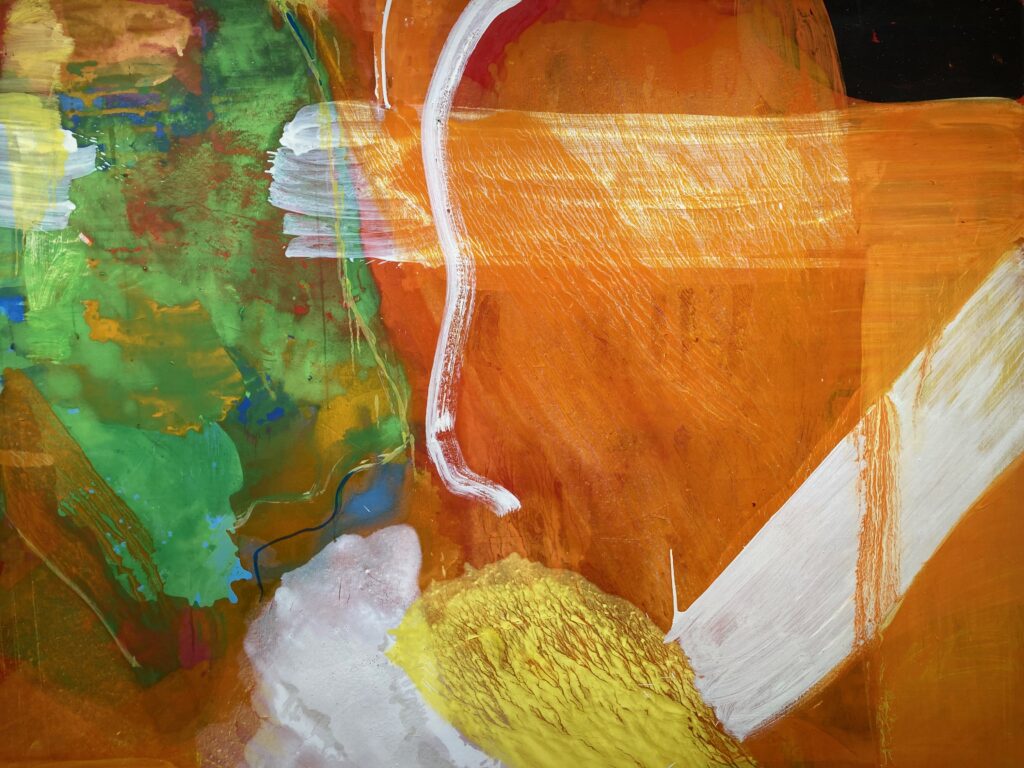
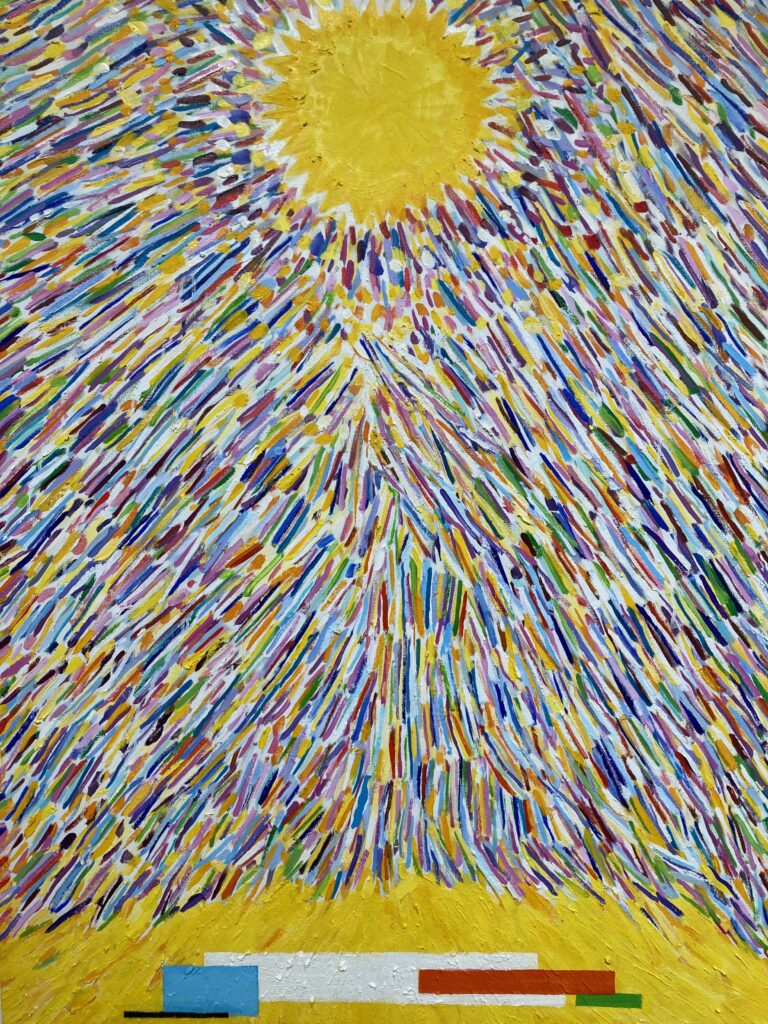
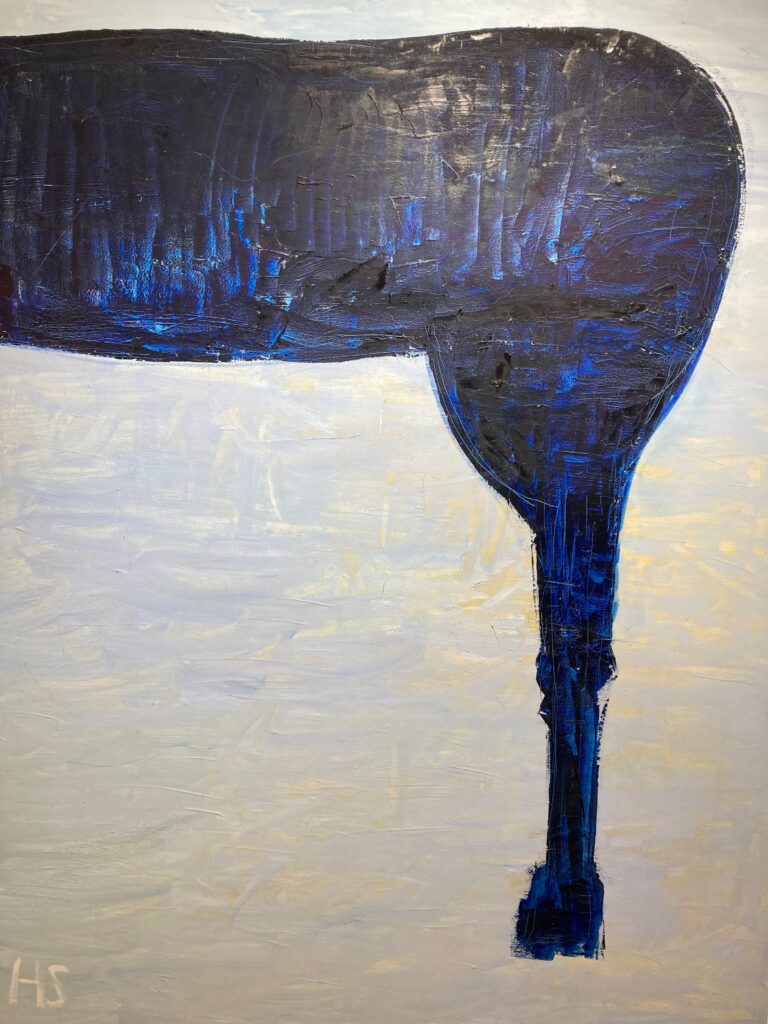
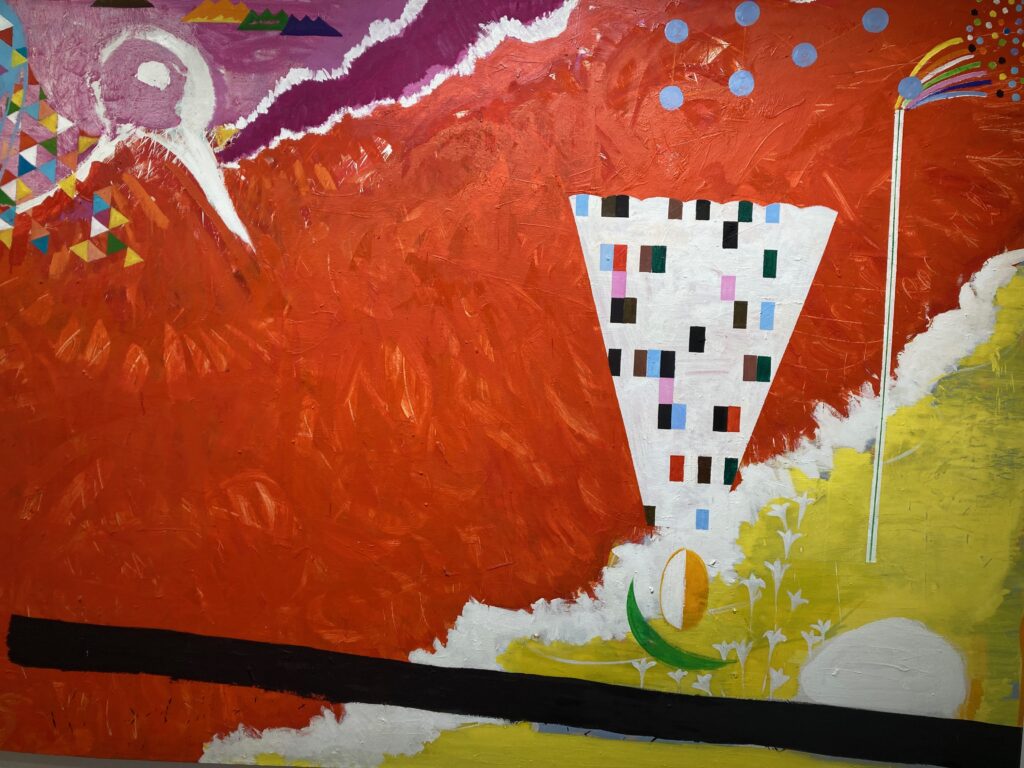

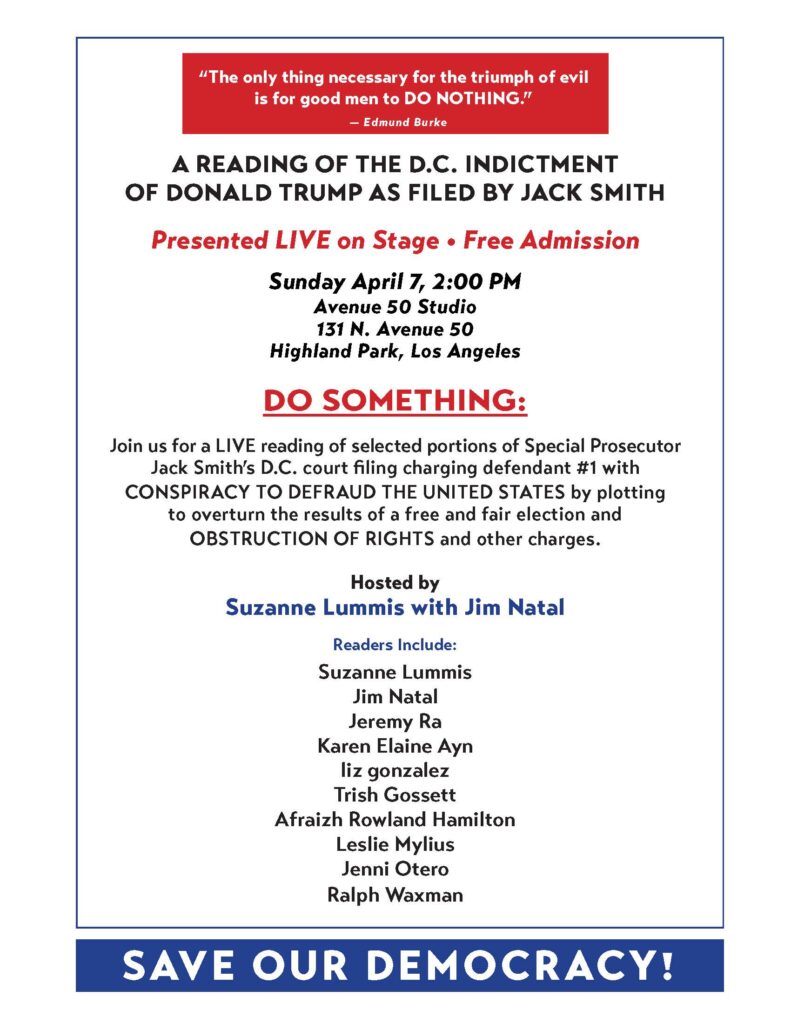

 About Bill Mohr
About Bill Mohr